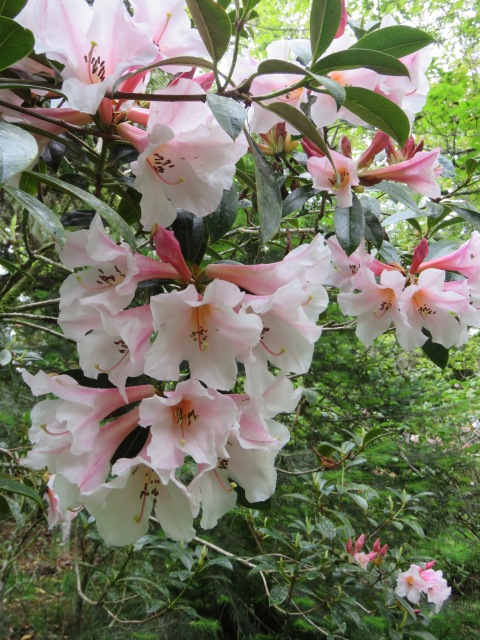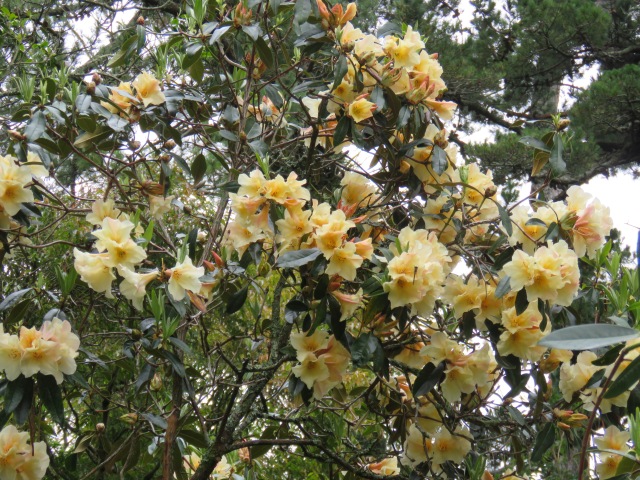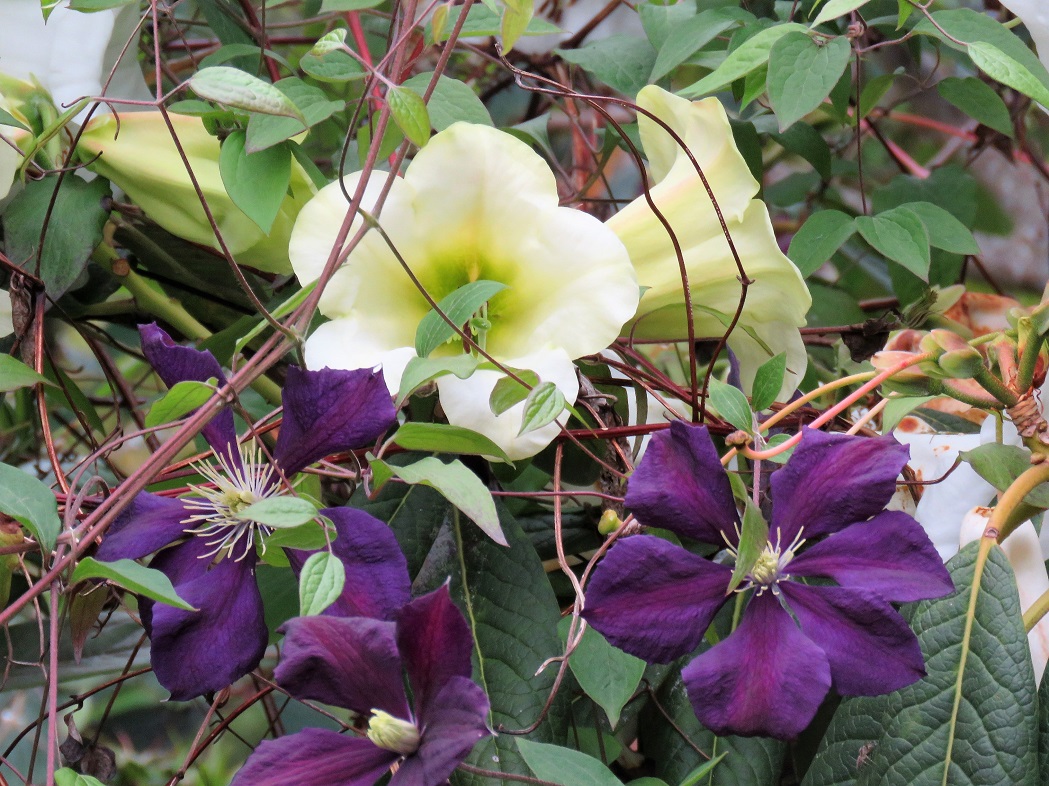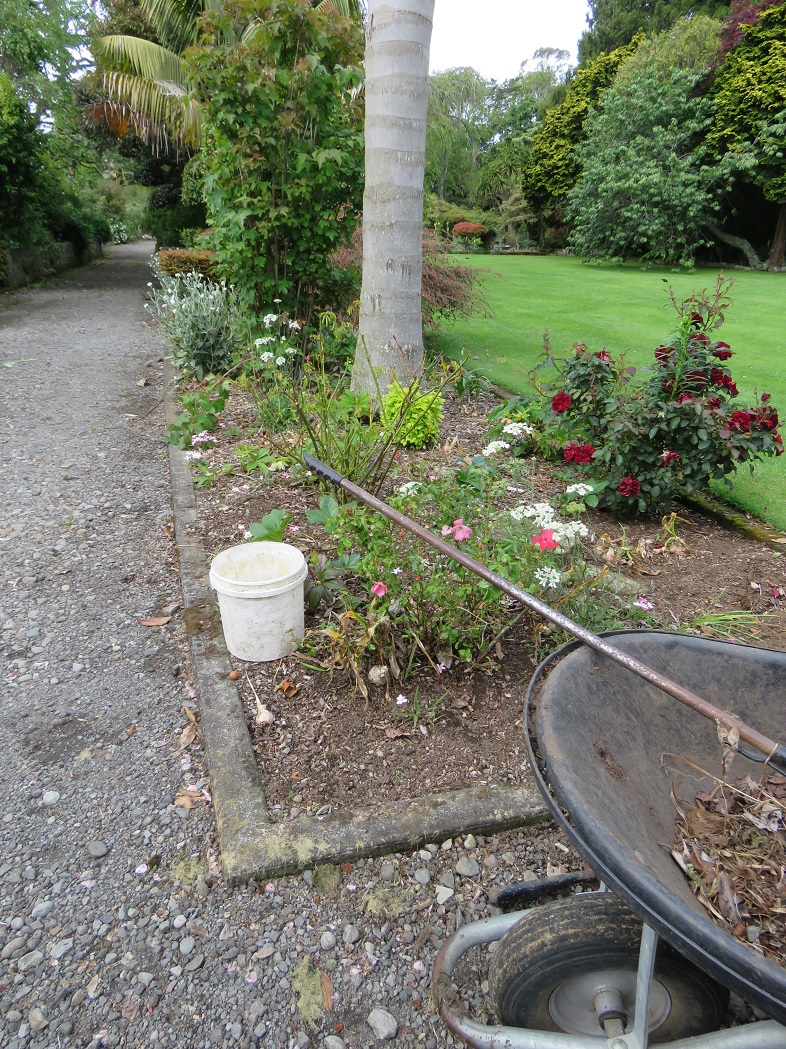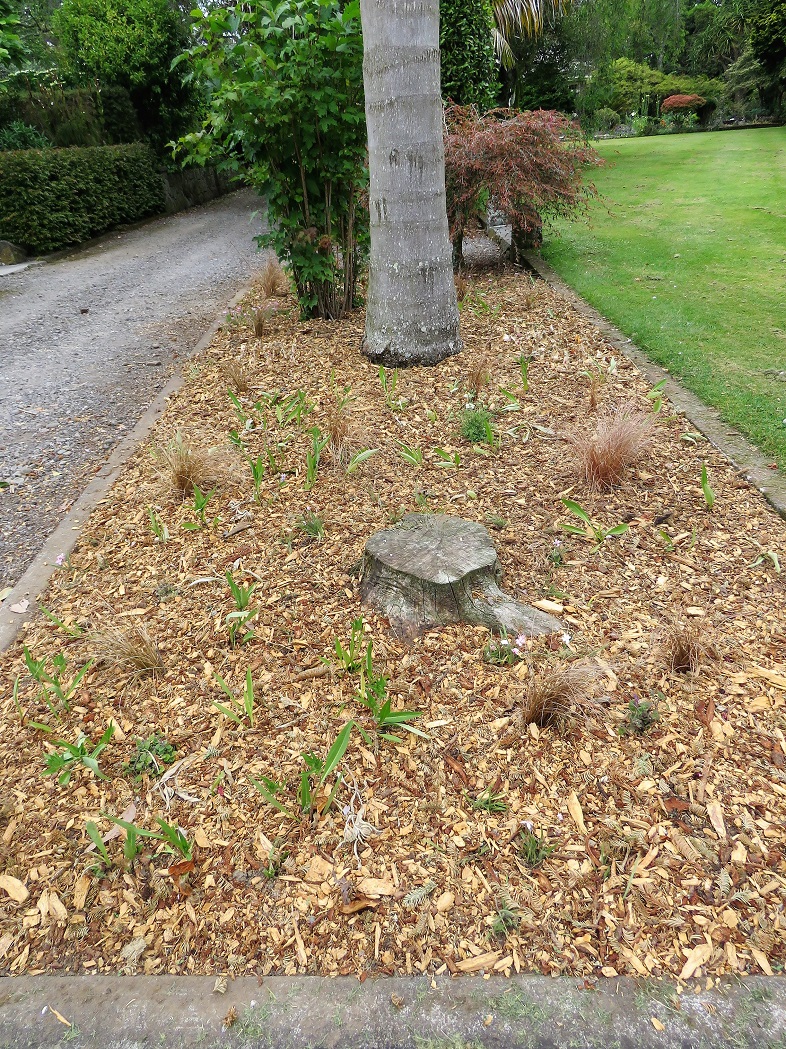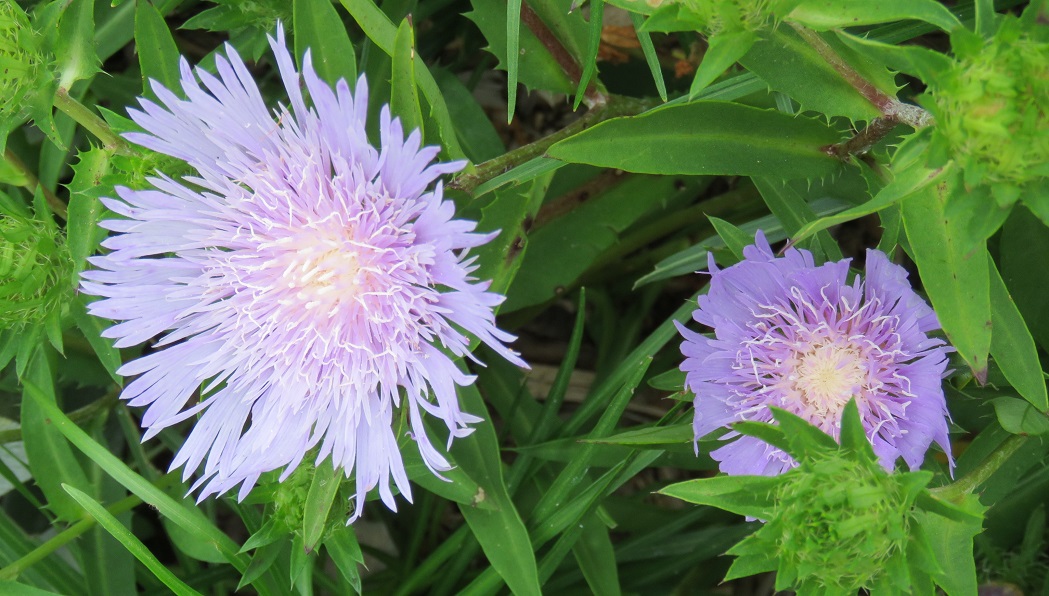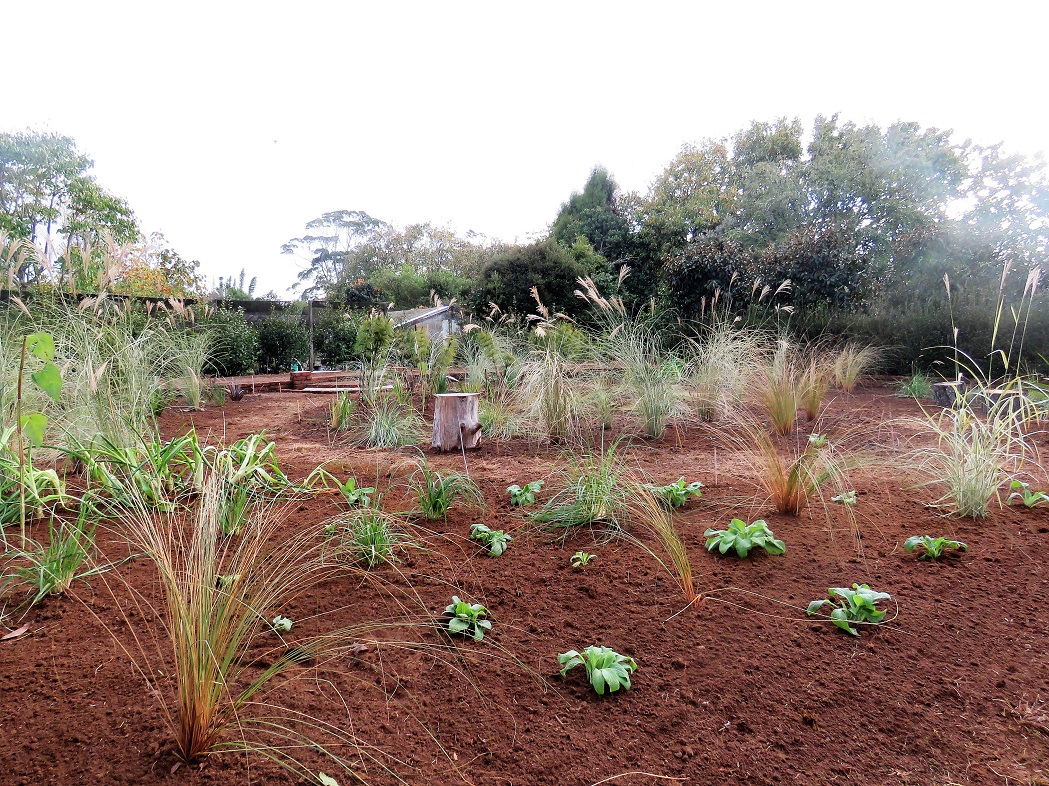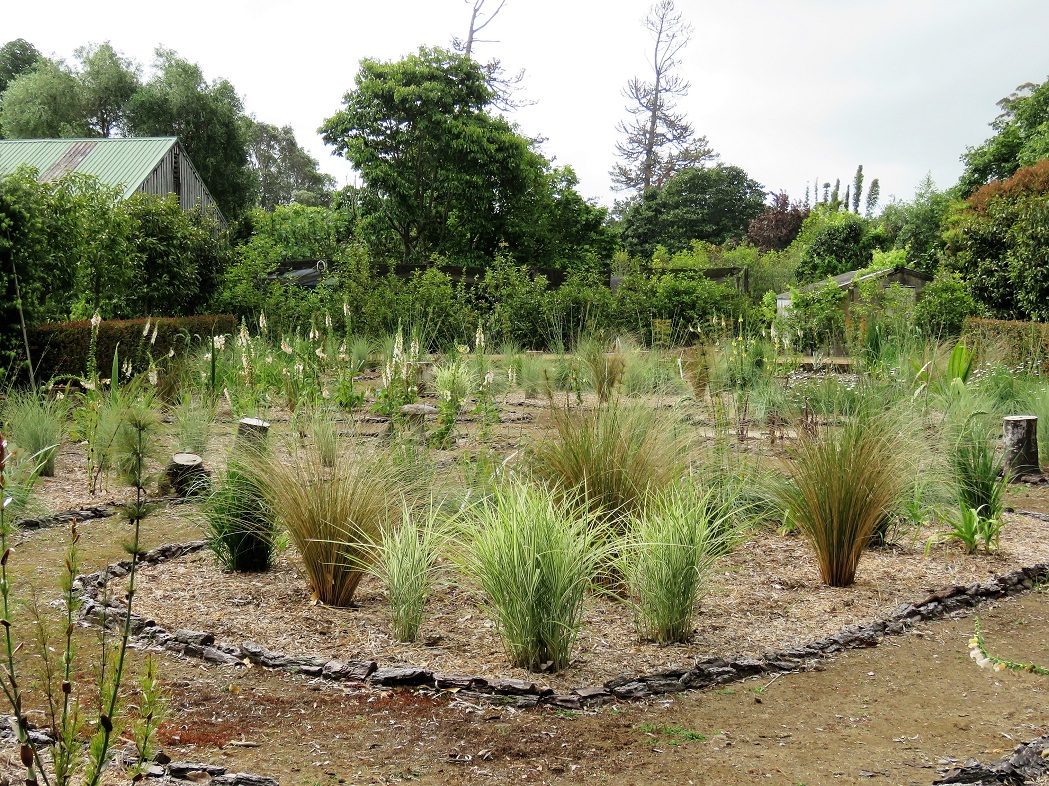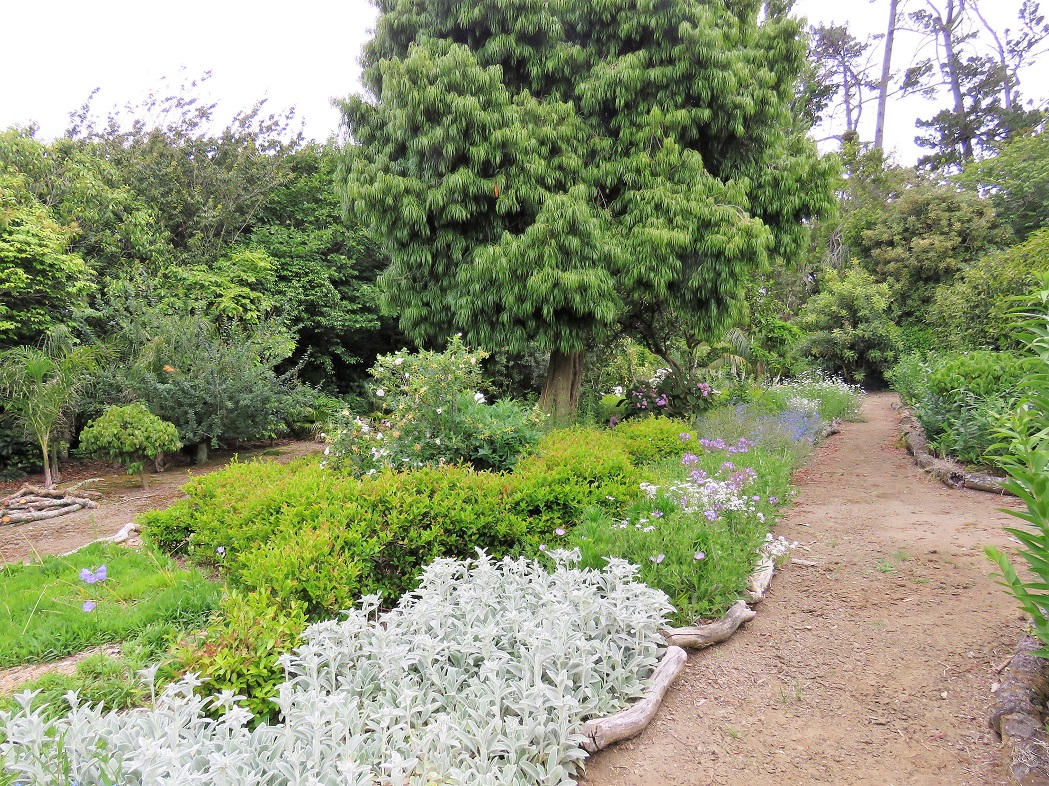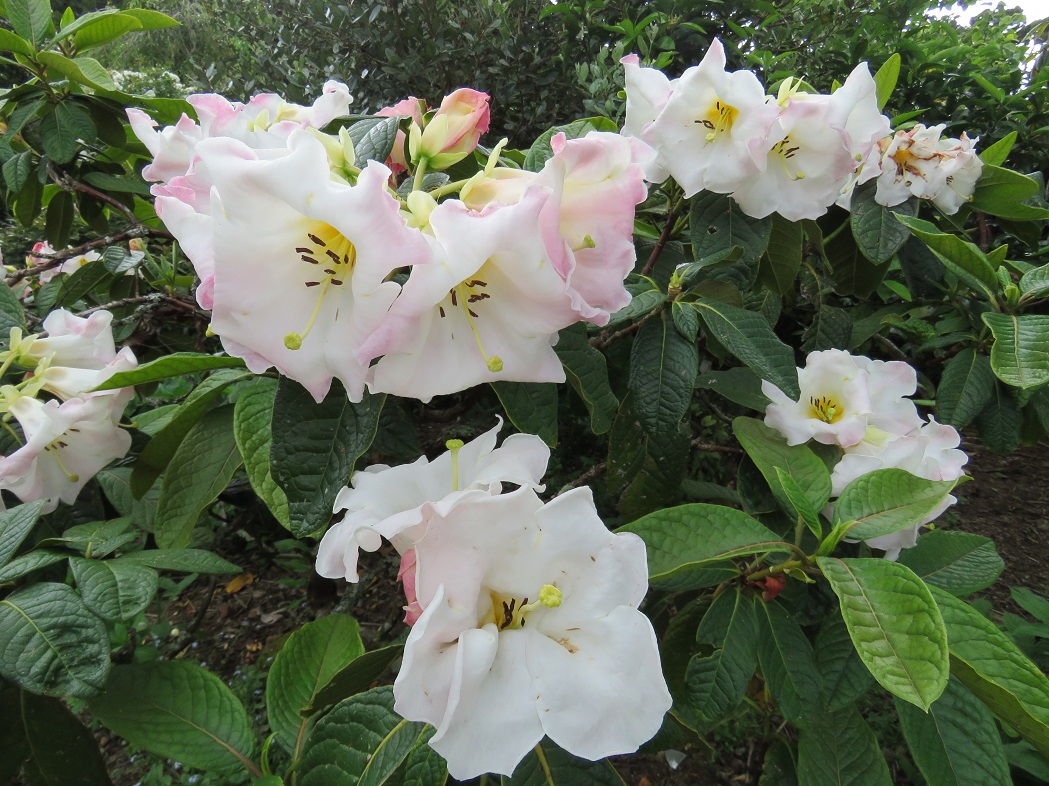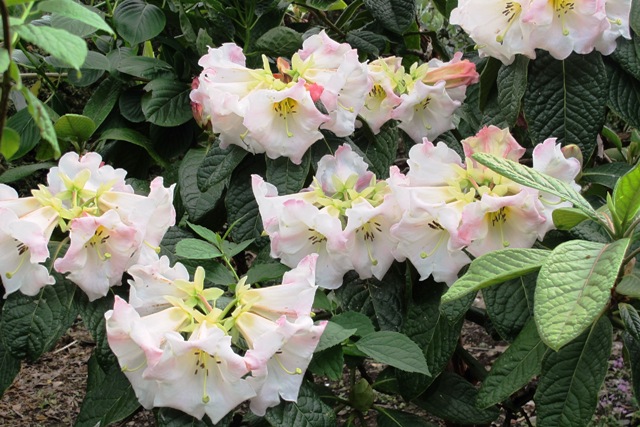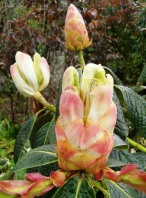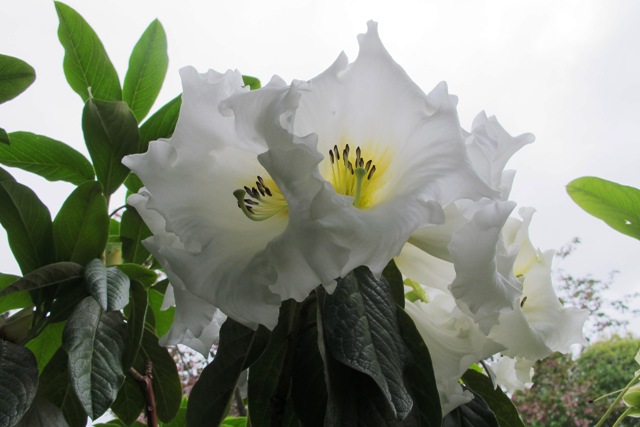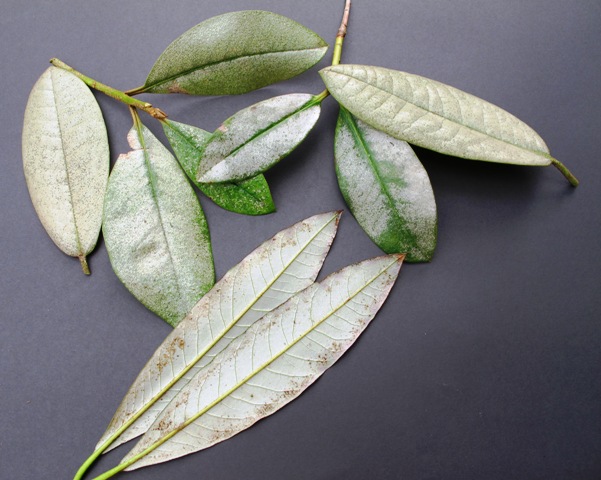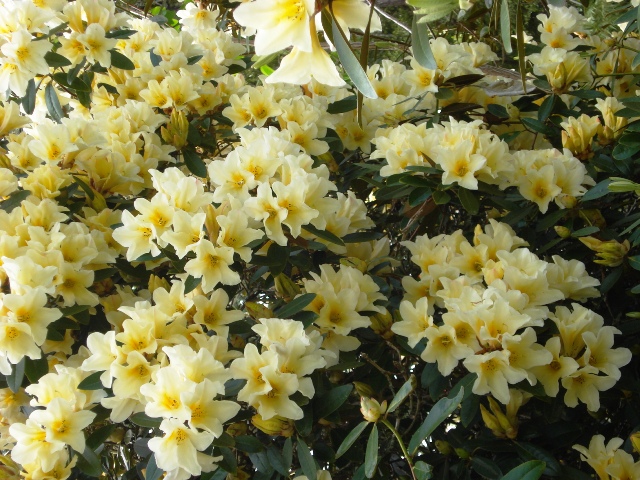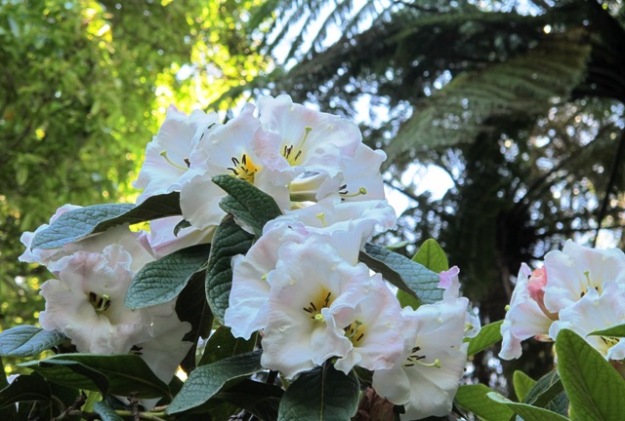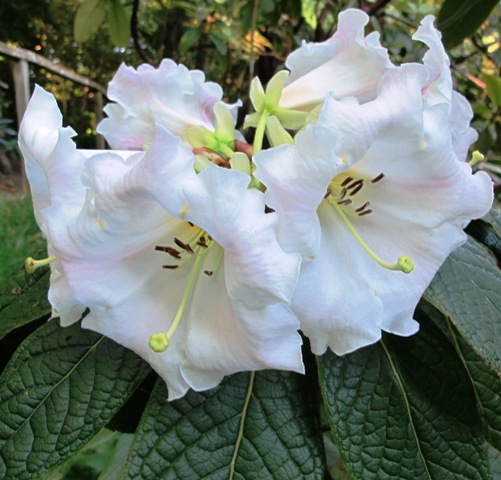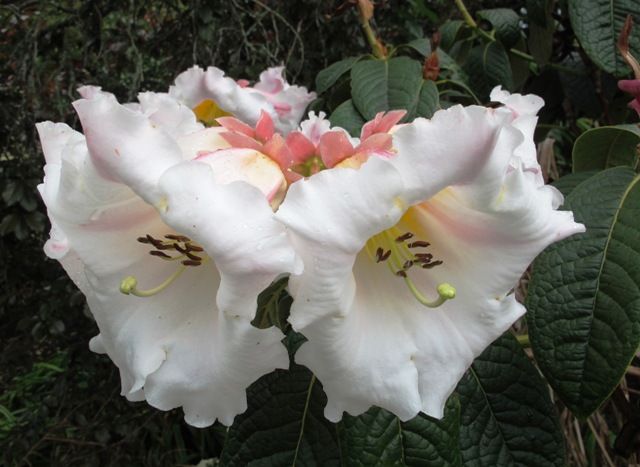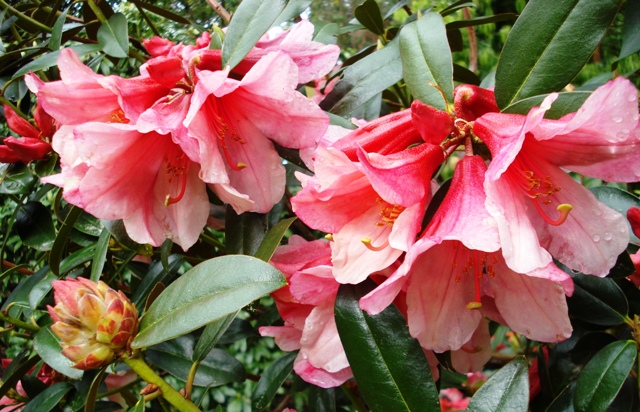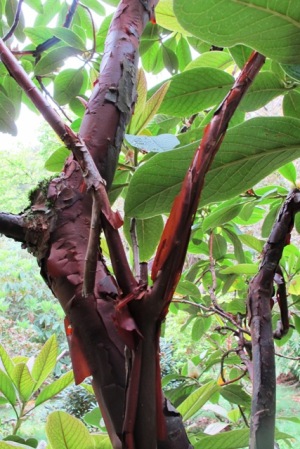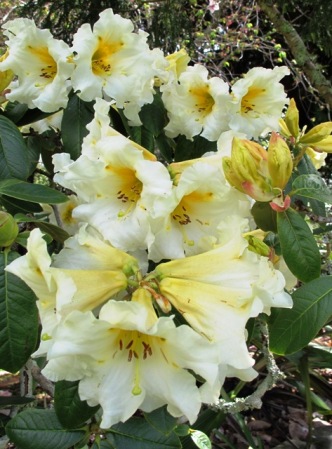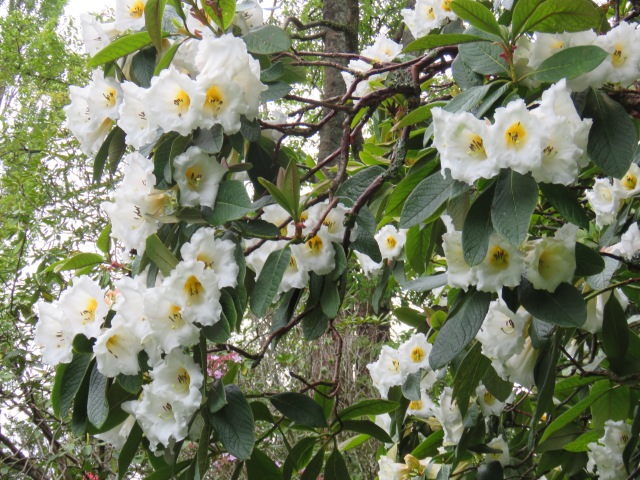
Occasionally, Mark and I torture ourselves remembering our years retailing plants. Do not get me wrong. The nursery served us well and enabled us to put our children through university and to retire early. We met many lovely people and to this day, former customers will tell us what they bought from us. Sadly, it is the obnoxious ones that stick most clearly in our memories. There can’t have been that many of them because, between us, we can come up with individual details and sometimes even names. I doubt that any read my posts.
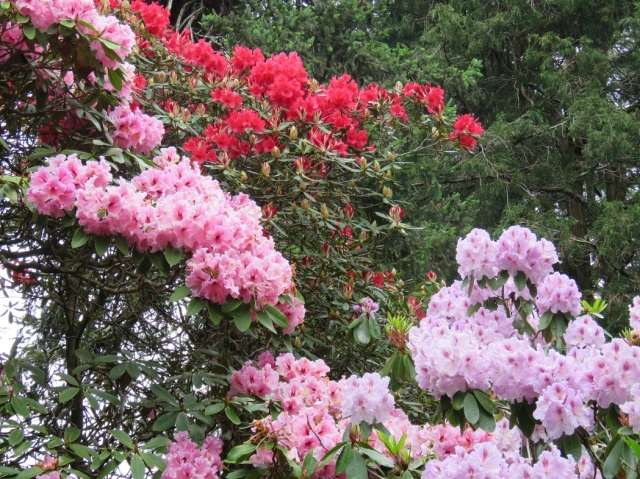
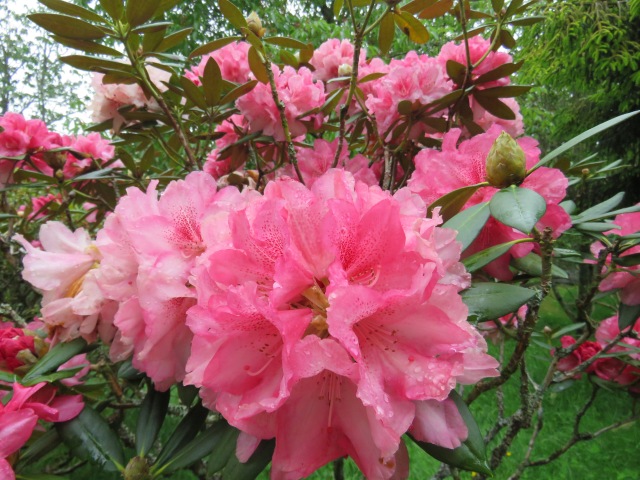
Mark built the nursery on rhododendrons in the first years and indeed, the garden here was primarily seen as a rhododendron garden. They were a hot ticket item and well over 100 000 were produced in Taranaki alone every year. Quite early on, Mark analysed the fact that many of our mailorder customers came from the upper half of the North Island and decided that if he was going to sell them rhododendrons, he would pick the varieties most likely to perform well in warmer climes. Most of the big, showy American hybrids that were flooding into NZ at the time – the likes of ‘Puget Sound’, ‘Lems Cameo’, ‘Anna Rose Whitney’ and so many more – needed colder winters and less humid summers than we can provide. We have lost many of those American and European hybrids in the garden here now and I am sure they never did well in Auckland.

He targeted a range within the maddenii group which were usually characterised by looser trusses of bell-shaped flowers, fragrance, mostly paler colours and, most importantly, healthy foliage in warmer climates. Many were from his father, Felix’s breeding efforts and Mark added to them.
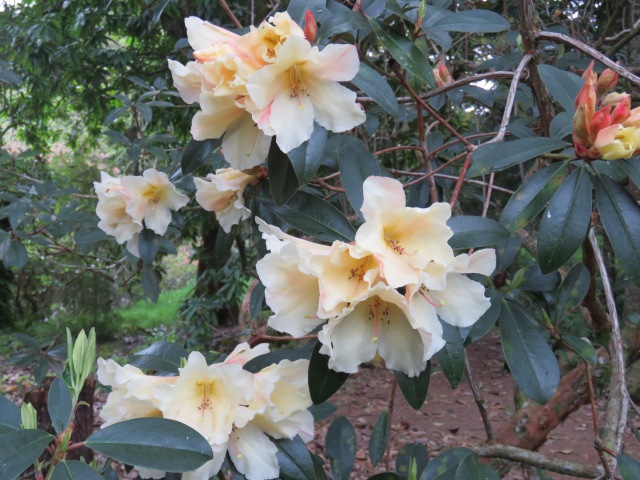
This week when the R. sino nuttalliis are looking so glorious they can take my breath away and many of the maddeni hybrids are flowering, I thought back to those retailing days. It was a constant uphill battle to convince customers that these were splendid plants much better suited to their conditions when their mental image was entirely focused on the classic rhododendron look of big ball trusses sitting atop the foliage. In the 1990s, if they were male customers, they not only had to be big ball trusses, they had to be RED. It became a joke here that every time a nursery plant opened a big truss of red flowers, a man would buy it on the spot. If women bought a red rhododendron, it was almost always for their husband. Maybe times have changed in the decades since.
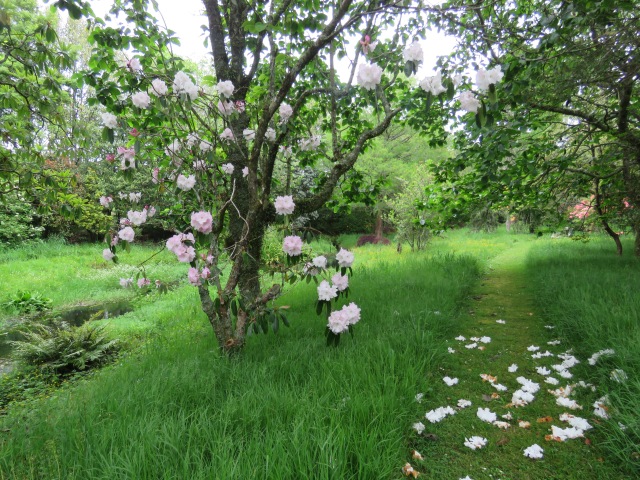
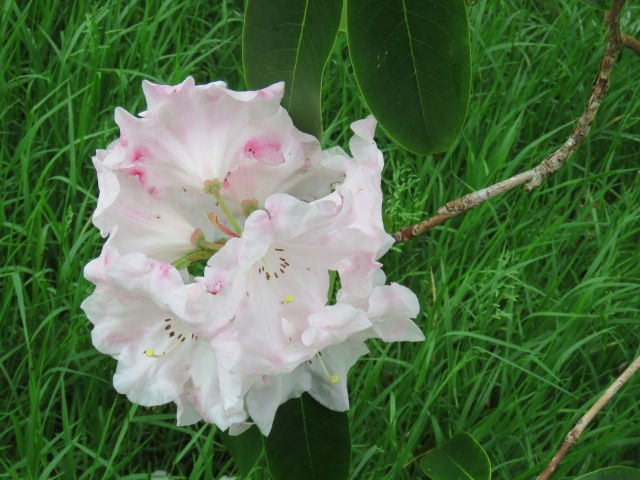
A rhododendron friend who went around the garden last week commented on how lovely it was to see mature rhododendrons in a garden setting. I had forgotten that huge gulf between tidy, little nursery plants standing maybe 50cm high in their pot and the large specimens we have in the garden. I don’t miss those days of nursery production and sales one bit.
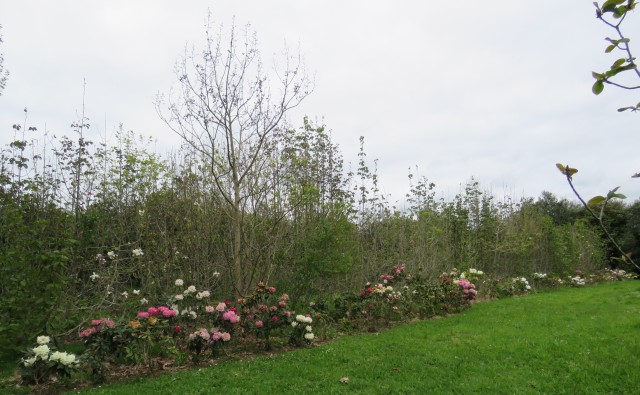
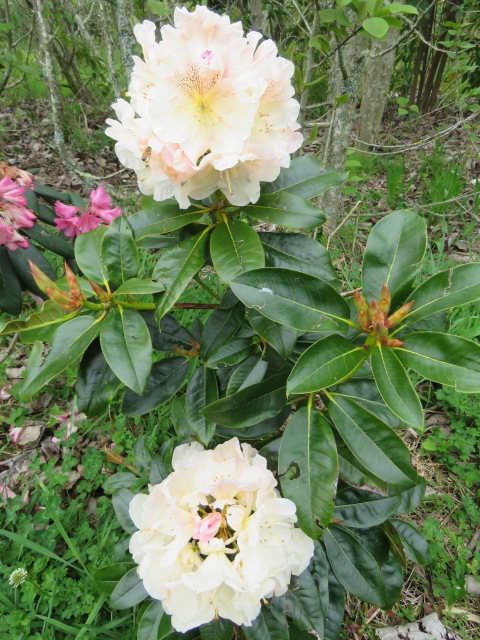
Ironically, as rhododendrons fell from favour in the market, Mark started to get the breakthrough of big, ball trusses on plants that kept good foliage (not turning silver from thrips and getting crispy brown edges to the leaves). We have a long row of them quietly growing in full sun and open conditions in the trial grounds. They are not my favourite; big ball trusses are less appealing to me and they have no scent. Mark is a bit underwhelmed by the flower colours – he doesn’t see any colour breakthroughs in them. But what sets them apart is that growing over the years with no care, no spraying, no fertiliser, no pruning and in full sun, many of them have kept excellent, clean foliage and they cover themselves in blooms every year. That is the breeding step that he managed.
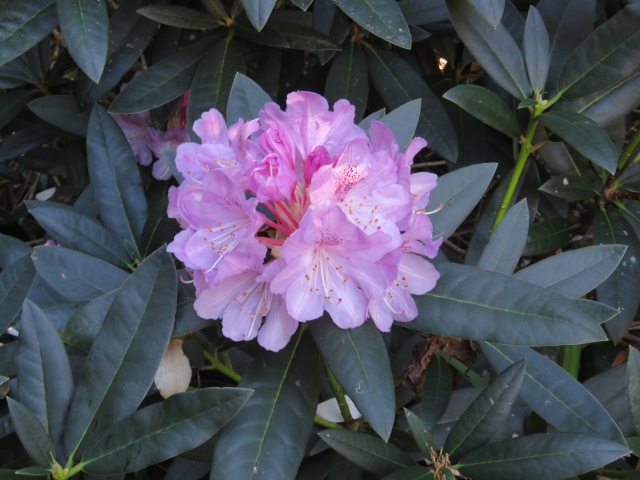
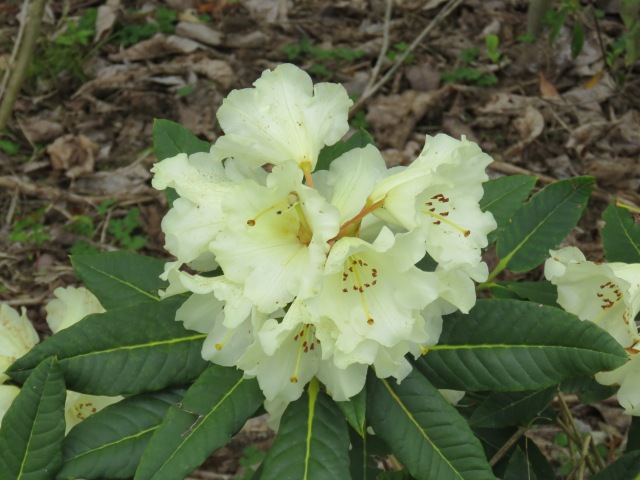
They were bred specifically for our conditions but the commercial market for rhododendrons in NZ is so small now that there is no incentive at all to release them. He just reached that breeding goal too late for our nursery days and for when rhododendrons were an elite and fashionable line. Such is the life of a plant breeder. They can just sit over in the trial grounds. We have the space and they are not doing any harm there.
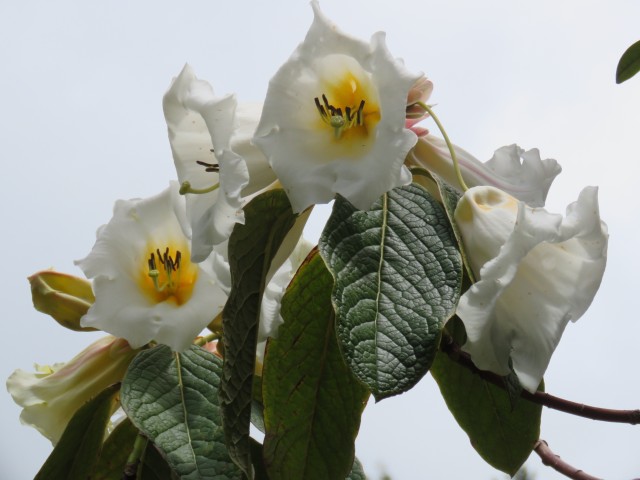
I have long said that if I could only grow one rhododendron, it would be a R. sino nuttallii. I doubt that they are available commercially here these days when specialist growers have all but gone, although some of the nuttallii or madennii hybrids are still around. Most of you will just have to enjoy them vicariously and take my word for their bold beauty and delightful fragrance.
